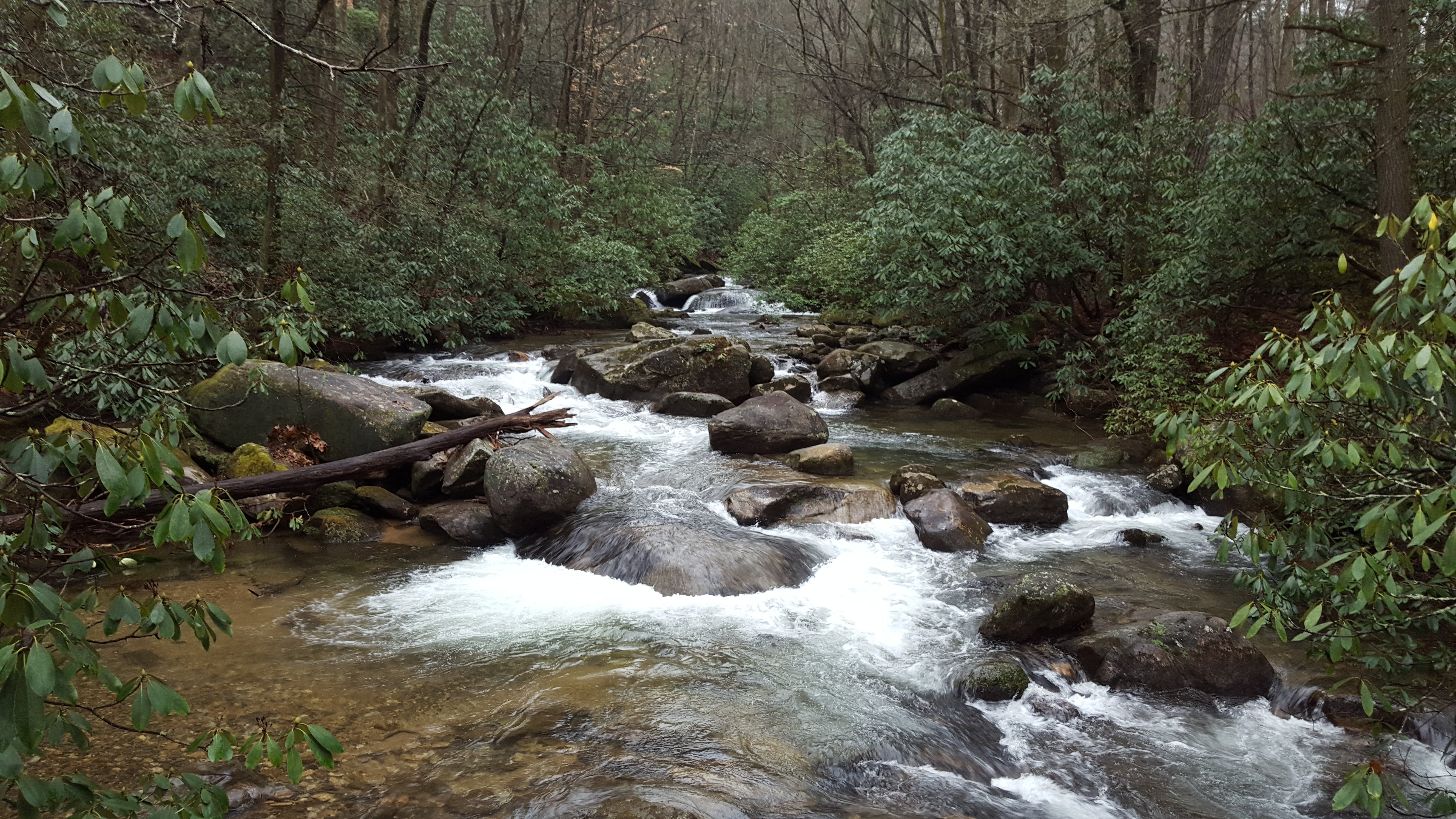-
Posts
10,438 -
Joined
-
Last visited
Content Type
Profiles
Forums
Gallery
Events
Everything posted by ccoyle
-
I'm really keen to see how this turns out. I've always struggled with card hulls, and this is one possible solution I have thought about but not tried. I might beg to differ here slightly. In my own experience, no matter how hard I try to keep my fingers off of sensitive parts of a model, I often end up handling those areas unintentionally. In this case that means that those dimples would inevitably result in areas where the hull skins weren't perfectly smooth. My advice would be to try and get those little divots filled. I think the result would be worth the extra effort. Cheers!
-

Arado Ar-196 by Ian B - FINISHED - PLASTIC - German seaplane
ccoyle replied to Ian B's topic in Non-ship/categorised builds
For a first airplane model, or any airplane model for that matter, your Arado looks beyond fantastic! She looks like a properly weather-beaten seabird. -
Auf Englisch, bitte! 🙂
-
Oh, now you are speaking my language! Trout is a confusing term, because it may be part of a fish's name in the common vernacular, e.g. rainbow trout, as well being its accepted scientific common name, i.e., that approved by an agency like NOAA or AFS. So, Joe Schmo may fly-fish for rainbow trout on the Upper Sacramento and NOAA would agree that his catch is a rainbow trout. Rainbow trout are in the genus Oncorhynchus, the Pacific salmons, along with Chinook, coho, etc. Yes, it's confusing that a trout is classified with the Pacific salmon, but that's the way it is. But it gets worse. An Atlantic salmon is indeed a salmon, though it is not classified along with the Pacific salmons; it is in the genus Salmo along with the brown trout, which is not a salmon. Eastern brook trout and Dolly Varden trout are neither salmon nor trout but chars in the genus Salvelinus, along with Arctic char. There will be a quiz on this material later. As mixed-up as this system seems, the classification and official naming of some other fish groups is far more confusing, but it provides endless fodder for fish nerds to discuss and debate!
-

My First and Ugliest Ropewalk
ccoyle replied to vvvjames's topic in Rope Making/Ropewalks's Discussions about Rope Making
And therefore it is a success, no matter how outwardly hideous it may appear! -
I moved your original topic to this area because it was more of an introduction rather than the opening of a build log -- it's good to have a post here, too, cuz people want to know who you are. Naturally, we will be interested in seeing progress on your model as well, so please set up a new topic in that area -- be sure to check the build log guidelines pinned at the top of each sub-category. And good luck on your project! Cheers!
-
Welcome aboard!
-
That is so cool that you guys could reconnect here! My science background is in salmonid ecology, specifically habitat restoration -- all done on dry-ish land, except in winter of course. I only did one cruise on Humboldt State's research tug, and not too far out either -- just far enough out to do an otter trawl and collect some samples. I always noted a correlation on the few ocean excursions I've been on between how excited a guy was to go out and how sick he would be once we left the pier. A guy I used to work with once worked as a NOAA Fisheries observer on a Japanese processing ship -- he said there was always plenty of sashimi on board. My own stint with the fishes was sadly too short -- after a few years I made the first of several career changes and became a teacher. Cheers!
-
That was my experience as well. The last couple I built, I left the rubber band motors out to eliminate the temptation to 'test fly' them, since the phrase test flight was more or less synonymous with disaster. Model rockets often met similarly amusing fates, but usually survived at least a few flights first. Perhaps the OP's kid would enjoy rocketry?
-
I did that with USS England. That was, in fact, the process illustrated in the HMV diagrams.
-
One of the things I have always wondered about this kit is whether the flat 'carvings' represent historic practice or are simply a concession to less-skilled modelers -- I suspect it is the latter, but I don't recall ever reading anything to that effect. The kit looks great finished out-of-the-box, obviously, but I wonder if anyone has ever tried to add some depth to the carvings by taking off some of their sharp edges with needle files.
-
Welcome aboard! Oh, there is an RC segment in this hobby, too, to be sure! RC builds are tagged with the word RADIO. Have fun!
-
Really looking forward to watching this come together, so good luck with it! This practice is not unheard of. Many Halinski kits include corrected parts for previous issues. The downside, of course, is that one has to buy that issue in order to get the corrected parts in addition to already having the original kit, even if the buyer has no interest in the second kit other than obtaining the corrected parts. And this assumes that the buyer of the original kit is even aware of the errors in the first place, which may not be evident until the defective kit is already under construction.
-
Welcome aboard!
-
Welcome aboard!
-
I can't help with the wood, but I like all three of the paint schemes.
- 10 replies
-
- hull
- color schemes
-
(and 4 more)
Tagged with:
-
If it hasn't been said already, make sure your child is actually interested in models. I had a keen interest in all things military at a very young age, and modeling was a natural outlet back in the days before video games and the internet. Many years later, I tried to get my son interested in model building and even bought him some pretty nice kits - beginner stuff, but nice. He never built them. He was far more interested in Call of Duty and such. Just make sure you're not on a fool's errand.
-
Welcome aboard!
About us
Modelshipworld - Advancing Ship Modeling through Research
SSL Secured
Your security is important for us so this Website is SSL-Secured
NRG Mailing Address
Nautical Research Guild
237 South Lincoln Street
Westmont IL, 60559-1917
Model Ship World ® and the MSW logo are Registered Trademarks, and belong to the Nautical Research Guild (United States Patent and Trademark Office: No. 6,929,264 & No. 6,929,274, registered Dec. 20, 2022)
Helpful Links
About the NRG
If you enjoy building ship models that are historically accurate as well as beautiful, then The Nautical Research Guild (NRG) is just right for you.
The Guild is a non-profit educational organization whose mission is to “Advance Ship Modeling Through Research”. We provide support to our members in their efforts to raise the quality of their model ships.
The Nautical Research Guild has published our world-renowned quarterly magazine, The Nautical Research Journal, since 1955. The pages of the Journal are full of articles by accomplished ship modelers who show you how they create those exquisite details on their models, and by maritime historians who show you the correct details to build. The Journal is available in both print and digital editions. Go to the NRG web site (www.thenrg.org) to download a complimentary digital copy of the Journal. The NRG also publishes plan sets, books and compilations of back issues of the Journal and the former Ships in Scale and Model Ship Builder magazines.




